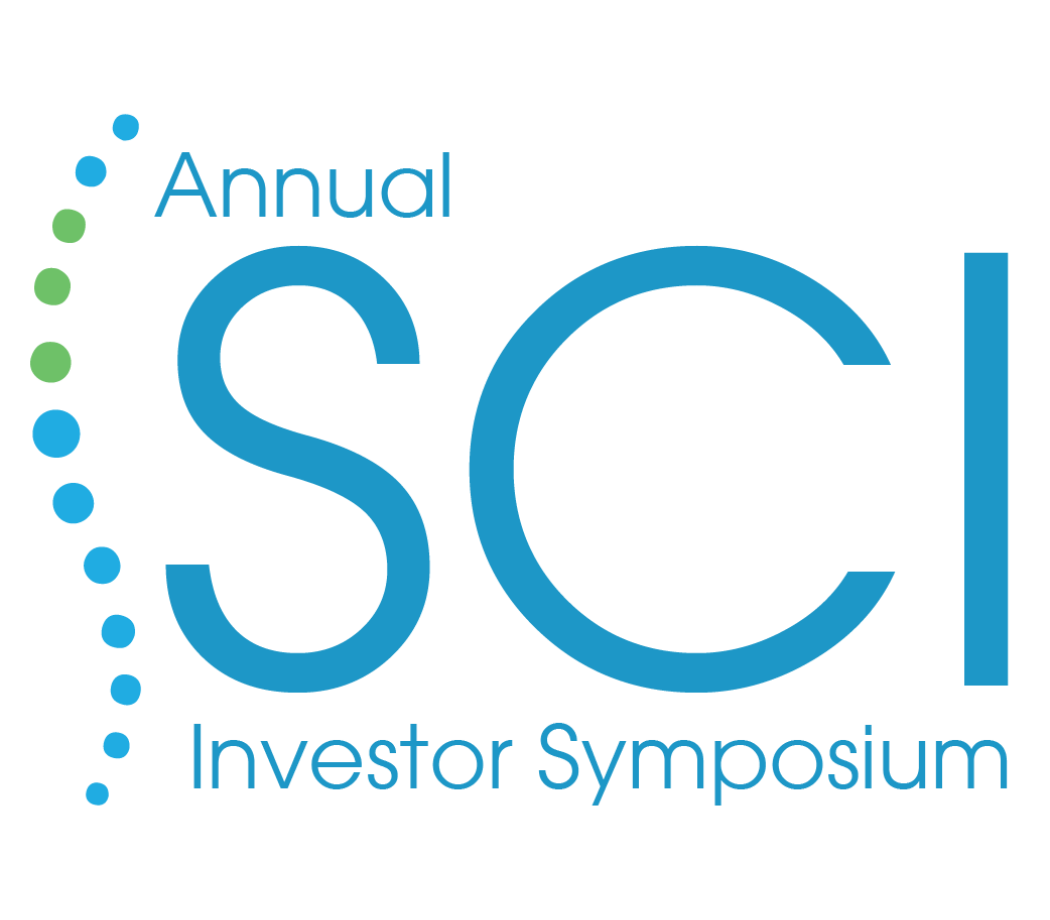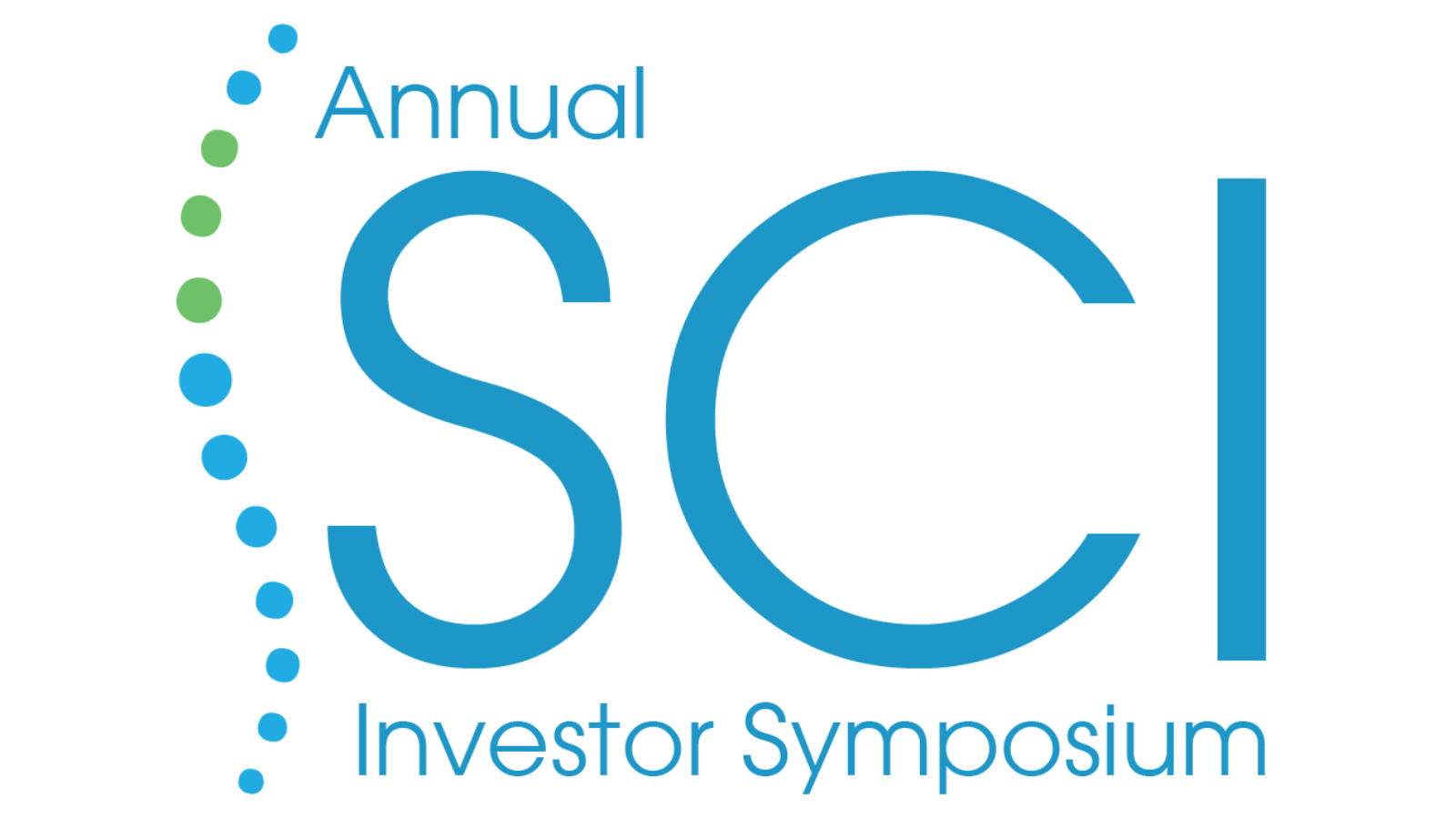The Reeve Foundation and Lineage Cell Therapeutics Host the Third Annual SCI Investor Symposium
 In June 2025, the Christopher & Dana Reeve Foundation and Lineage Cell Therapeutics co-hosted the third annual Spinal Cord Injury (SCI) Investor Symposium. For the first time, the event was held entirely online – removing barriers for people affected by SCI and drawing record participation from industry experts, scientists, investors and media.
In June 2025, the Christopher & Dana Reeve Foundation and Lineage Cell Therapeutics co-hosted the third annual Spinal Cord Injury (SCI) Investor Symposium. For the first time, the event was held entirely online – removing barriers for people affected by SCI and drawing record participation from industry experts, scientists, investors and media.
As in previous years, the Symposium focused on achieving two key objectives: increasing awareness about spinal cord injury research and driving collaboration among companies, academic researchers and those living with or caring for someone with paralysis and increasing investment in SCI.
“This Symposium isn’t just about sharing data,” said Brian Culley, Chief Executive Officer of Lineage Cell Therapeutics. “It’s about creating a ‘working event’ where companies, researchers and people with SCI come together to solve shared problems.”
Throughout the day-long event, thought leaders across biotech shared latest advances alongside honest discussions about the challenges that remain. From regenerative repair technologies and novel drug therapies to wearable devices and brain-computer interfaces, presenters highlighted a range of innovations all aimed at restoring function and improving quality of life after injury.
For Marco Baptista, PhD, Chief Scientific Officer of the Reeve Foundation, the most encouraging aspect of the Symposium isn’t any single technological advance or promising breakthrough. It’s the shift toward patient-focused innovation. “We’re inviting people with lived experience into these discussions to help guide research decisions and address the outcomes that matter most to them,” he said.
Patient advocates, including Jerod Nieder, Robert Paylor and Marco Sorani, shared personal insights about daily life with SCI, reminding attendees that recovery isn’t just about walking again. Regaining hand function, managing blood pressure, improving bladder control, and reducing neuropathic pain can dramatically improve independence and quality of life. “Any improvement that adds more function, no matter how small, is relevant and meaningful to patients,” said Nieder.
The Symposium also shined a light on areas where research is beginning to close critical gaps. Advances in non-opioid pain management could offer relief for those living with chronic pain. Emerging research suggests that spasticity, a common complication of SCI, may actually serve as a biomarker of recovery potential. And new regenerative approaches – from Schwann cell transplants to antibody therapies and scaffold implants – are offering a glimpse of what may soon be possible for both complete and incomplete injuries.
Despite these advances, participants agreed that scientific progress alone isn’t enough. Patients also need access to therapies, insurance coverage for treatment, and ongoing rehabilitation. The Symposium hopes to address these issues not just through innovation, but also by encouraging stronger cross-sector collaboration.
“This Symposium isn’t about competition. It’s about collaboration,” said Culley. “When we work together, we move faster toward therapies that help people live better and thrive.”
Throughout each of the three SCI Investors Symposiums, investigators have emphasized the same core principles: measure what matters, focus on patient priorities and balance hope with realism. For the scientists, entrepreneurs and advocates who tuned into the 2025 sessions, the message was clear – the SCI community is strongest when working together.
“We need shared standards, shared data, and a shared understanding of what’s important to people with SCI,” Baptista said. “That’s why this Symposium matters.”
From expanding clinical trial endpoints to advancing plans for a formal Patient-Focused Drug Development meeting with the FDA, meaningful progress is finally within reach – and together, we are building the foundation for what comes next.
Watch all the presentations from the 3rd Annual SCI Investor Symposium at www.scisymposium.com or on YouTube.



